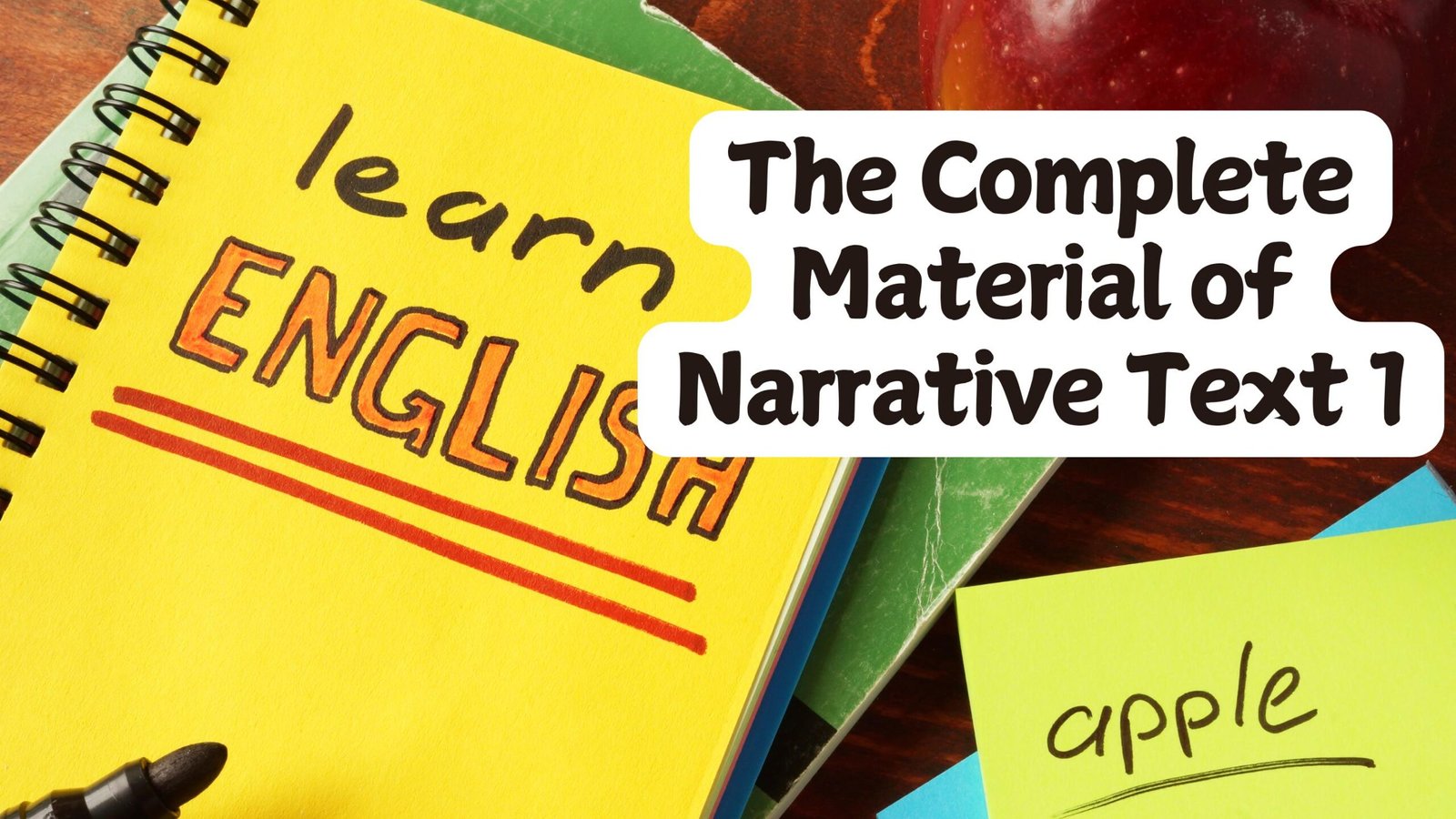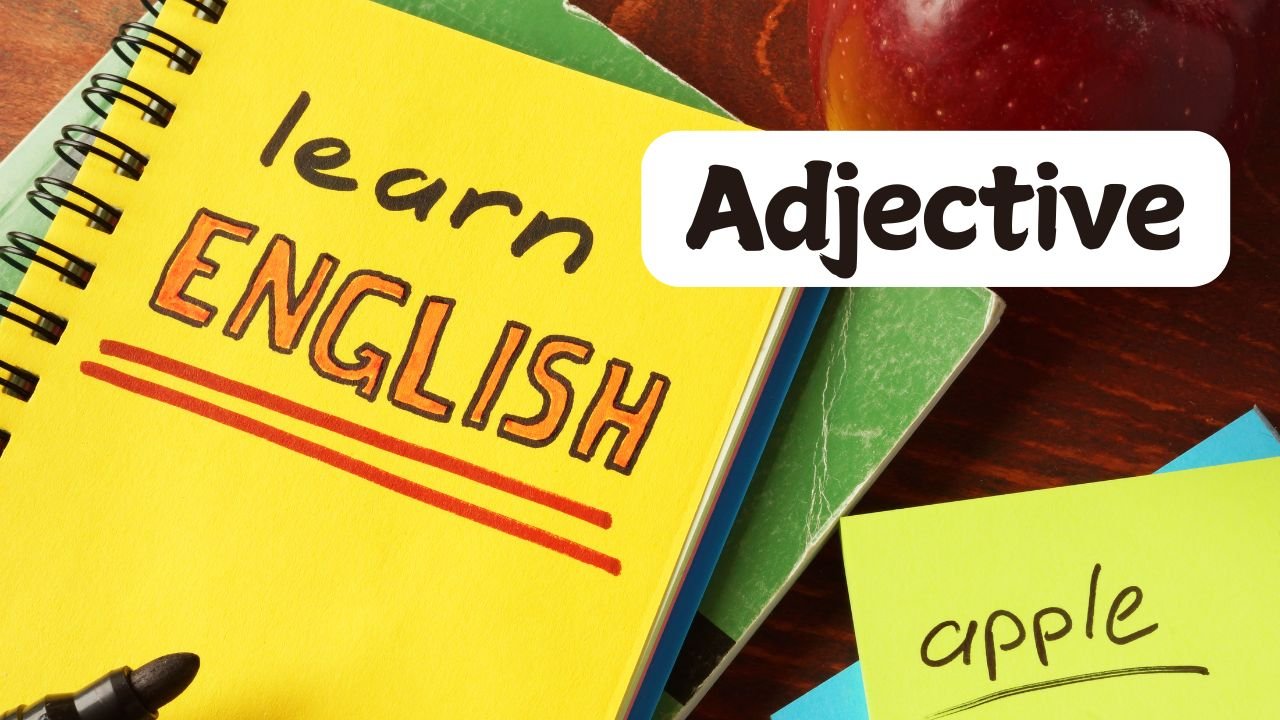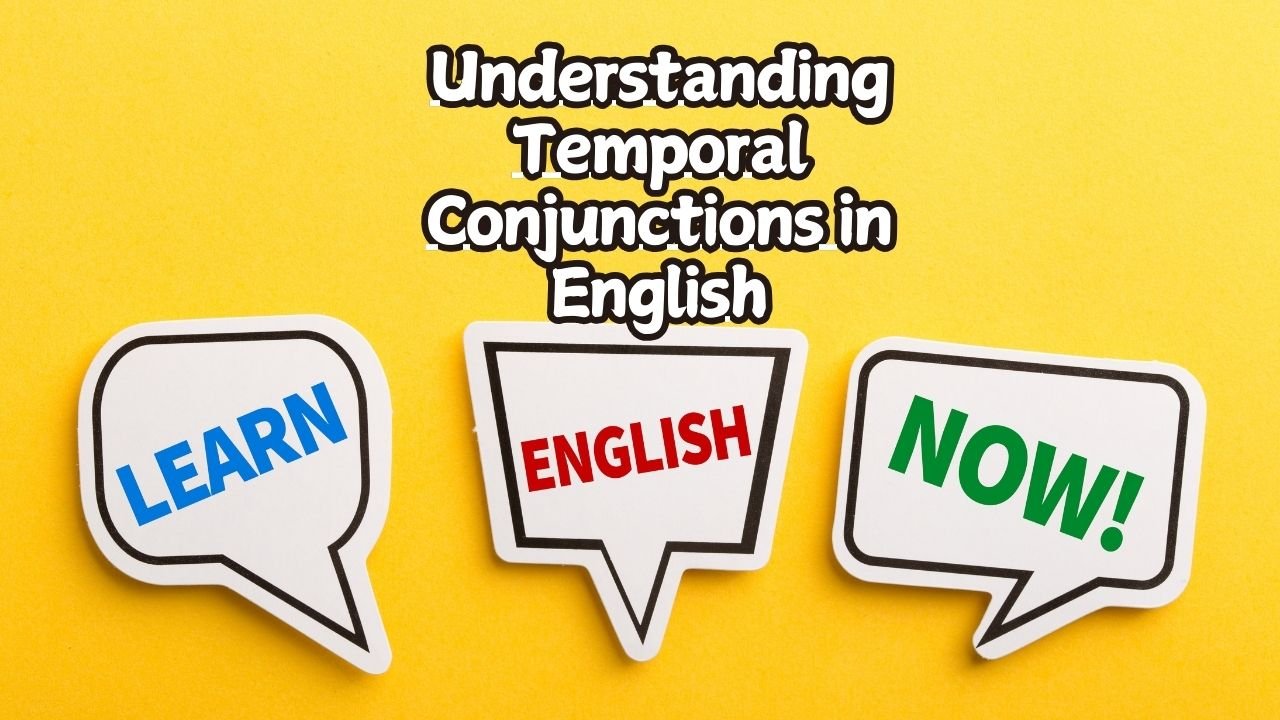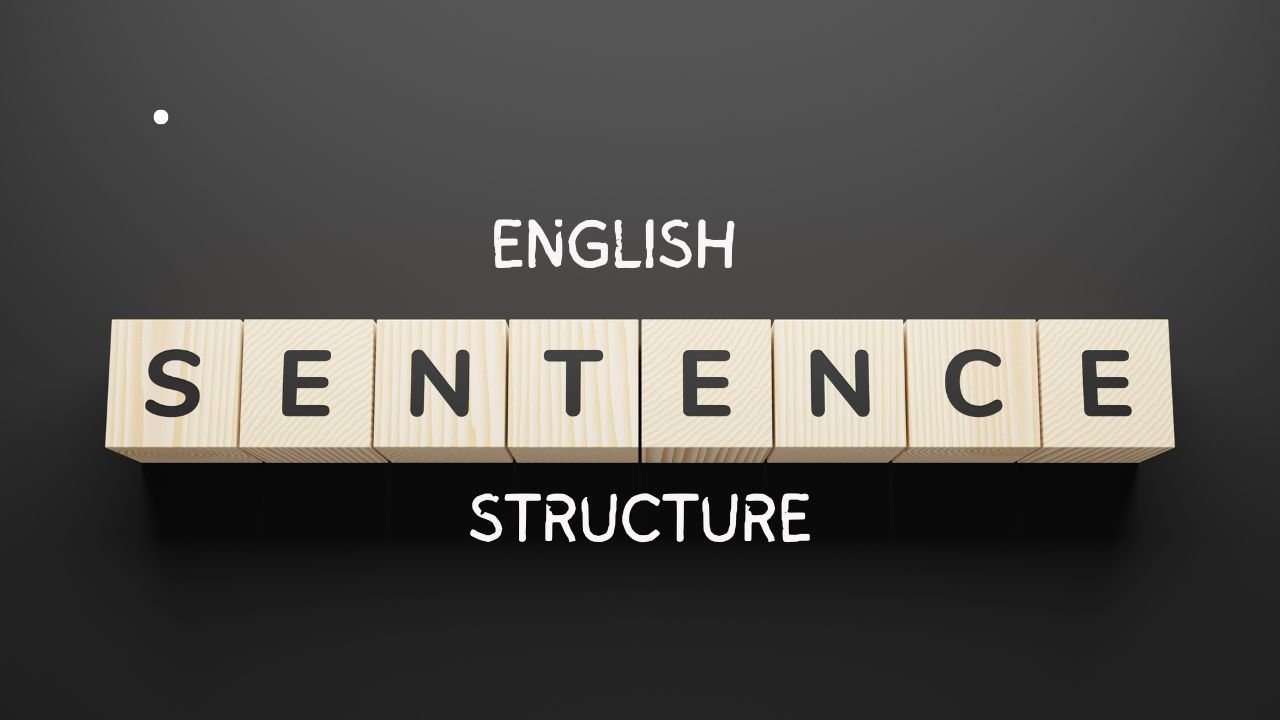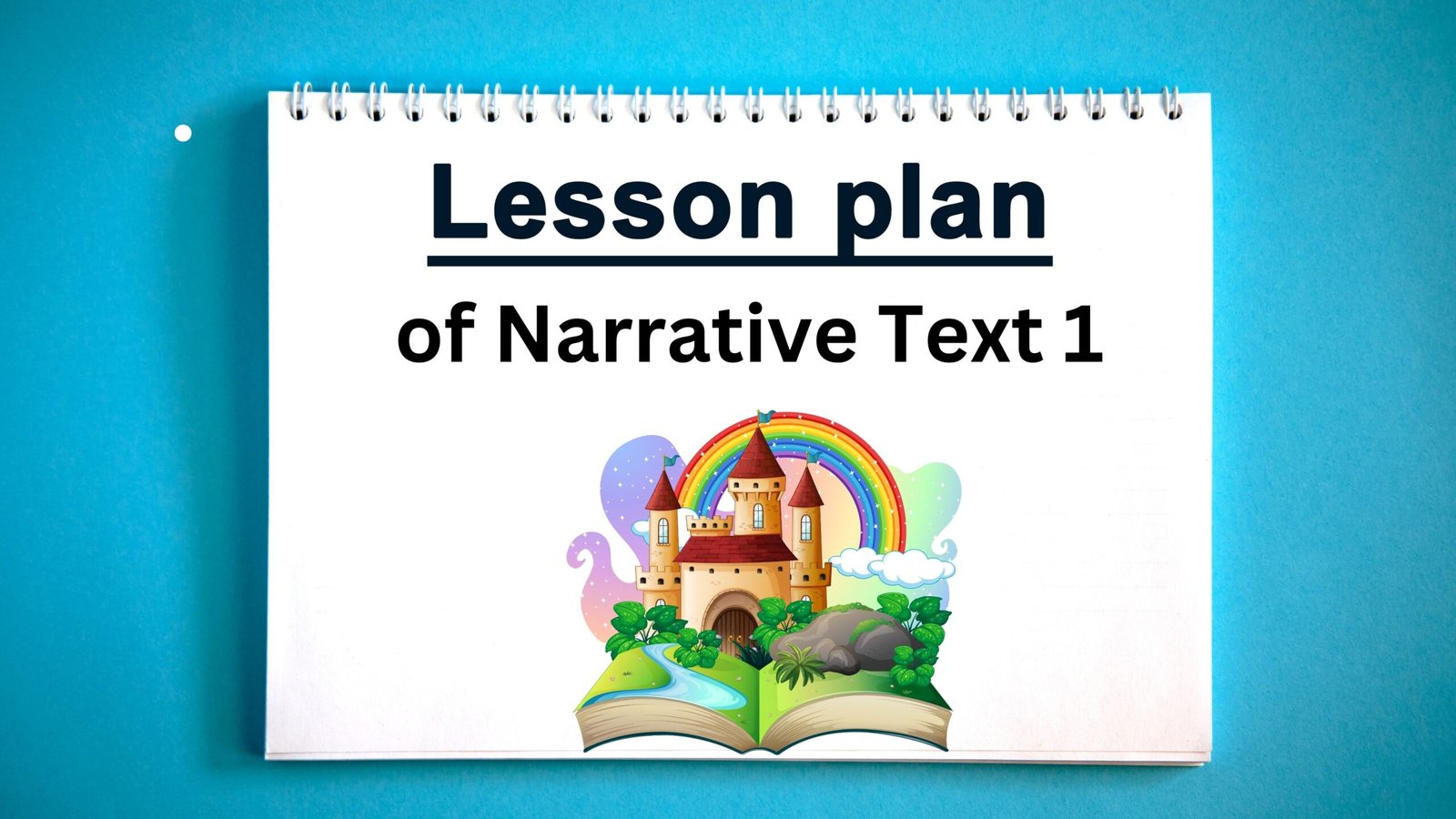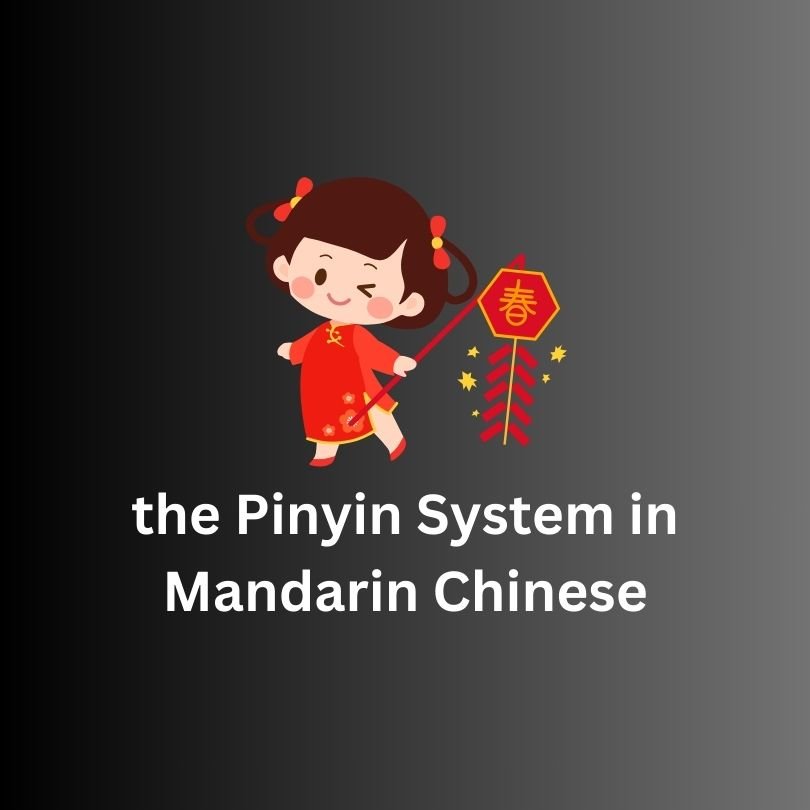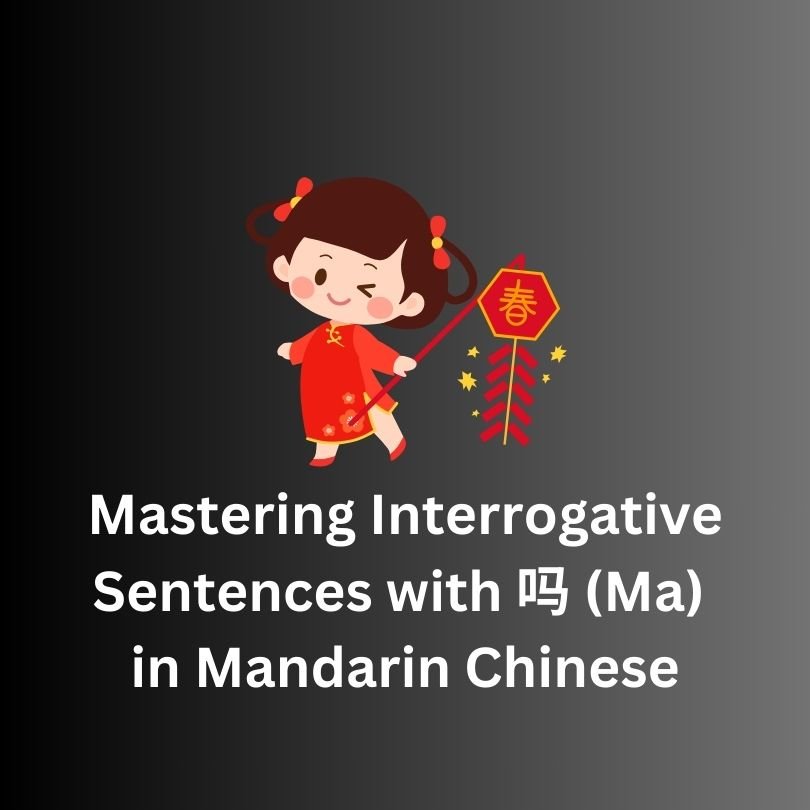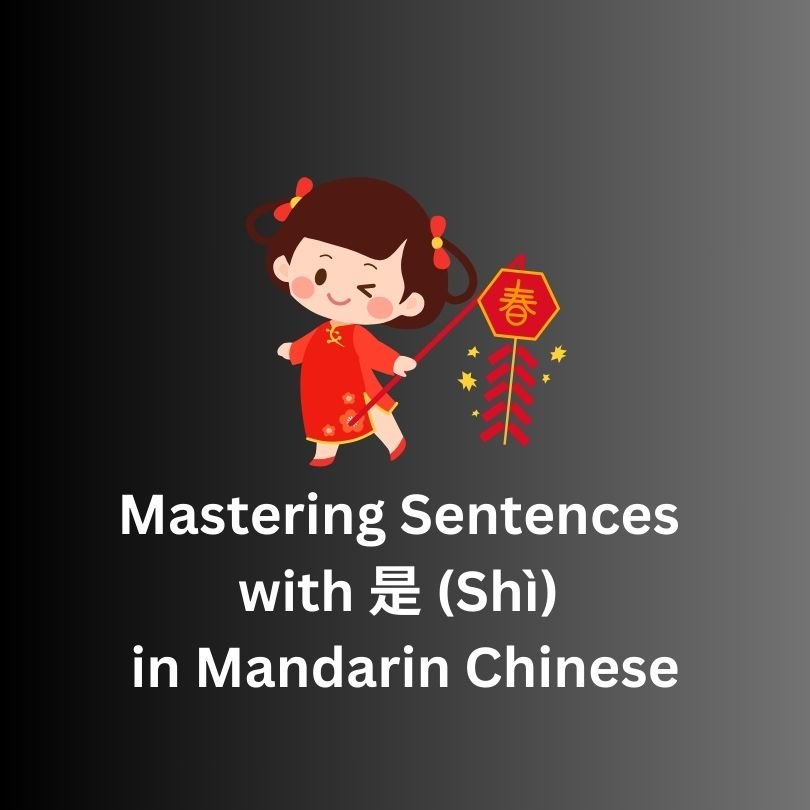Narrative Text
Narrative Text A narrative text is a type of text that tells a story. It can be based on real or imaginary events and often follows a structured sequence. Narrative […]
Narrative Text
A narrative text is a type of text that tells a story. It can be based on real or imaginary events and often follows a structured sequence. Narrative texts are commonly found in fairy tale, legend, fable, myth, mystery, romance, horror, science fiction, etc.
The Social Function
The function of a narrative text is to entertain, inform, or teach the reader through storytelling. It engages the audience by presenting characters, settings, conflicts, and resolutions.
The Generic Structure
A well-written narrative text typically follows this structure:
Setting: It refers to the time and place where the story takes place.
Background: It provides important context for understanding the story, such as past events, character relationships, or cultural and historical details.
Example: “Once upon a time in a small village, there lived a kind young girl named Lily. She loved helping others.”
Example: “One day, a terrible storm destroyed Lily’s village, leaving many people without homes. She didn’t know what to do.”
Example: “Lily decided to gather everyone and rebuild the village. With teamwork, they restored their homes and lived happily again.”
Example: “From that day on, Lily learned that kindness and cooperation can overcome any challenge.”
The Language Features
- Using Past Tense
It is logical since the stories typically happen in the past. They can use simple past, past continuous or past perfect tense.
- Using action verbs
Action verbs are verbs that show the performance of action. They specifically describe what the subject (person, animal, force of nature, or thing) of the sentence is doing, e.g.: run, walk, cry, scream, explode, kick, etc.
- Using temporal conjunction
Temporal conjunctions express relationships with time, in the flow or sequence of events, e.g.: before, after, during/while (a period or an activity), since, until, when.
The Example
The Clever Rabbit and the Hungry Lion
Once upon a time, in a dense forest, there was a mighty and cruel lion. Every day, he hunted the animals, making them live in fear. The terrified animals gathered one day and decided to send one animal each day as a sacrifice to the lion, hoping to stop his ruthless hunting.
When it was the clever rabbit’s turn, he thought of a plan to save himself and the other animals. He walked slowly toward the lion’s cave, making sure to arrive late. The lion, growing impatient, roared in anger when he saw the rabbit.
“Why are you late?” the lion demanded, baring his sharp teeth.
The rabbit bowed respectfully and replied, “Oh mighty king, I was on my way here when another lion stopped me. He claimed to be the true king of this forest and refused to let me pass. He said he is stronger than you.”
The lion’s eyes widened with fury. “What? Another lion? Show me where he is!” he roared.
The rabbit led the lion to a deep well filled with crystal-clear water. Peering into the well, the lion saw his own reflection and mistook it for another lion.
Enraged, he let out a deafening roar, but the “other lion” roared back just as loudly. Furious, the lion jumped into the well to attack his rival, only to realize too late that he had been tricked. He struggled in the water but eventually drowned.
The rabbit returned to the other animals and told them what had happened. They cheered and celebrated, relieved that they no longer had to live in fear.
From that day forward, the forest was peaceful, and the clever rabbit was hailed as a hero.
Exercise
Test your understanding on the text above by answering the following questions.

